“In all my years of practice, I've never seen anything so sweet. A rosebud.”Sweet Movie (Dušan Makavejev, 1974)
Sep
13
International Chocolate Day
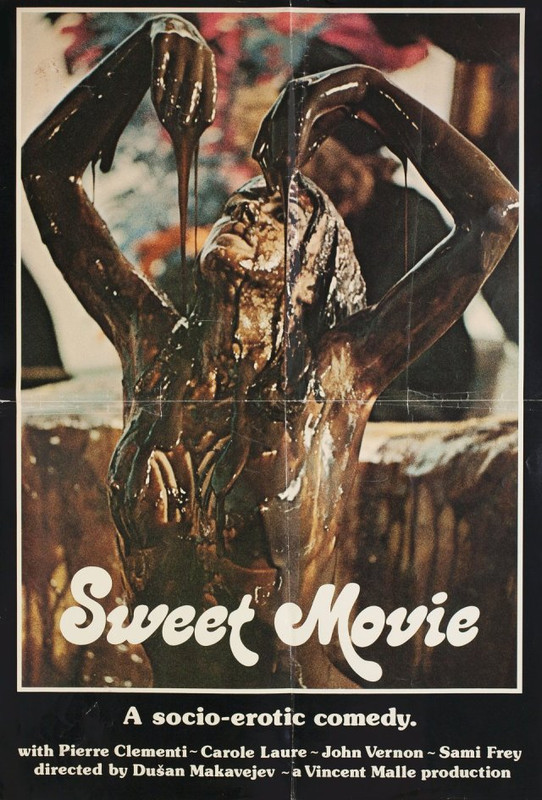
The most virgin, Miss 1984 (Carole Laure), bathing in chocolate. DP: Pierre Lhomme.
Chocolate for International Chocolate Day (Milton S. Hershey's birthday)
– Dr. Mittelfinger
Miss Canada, winner of the “most virgin” contest, escapes her rich, milk tycoon husband into a world of anarchy, lust, and sugar.
france
Il pleut sur Santiago [Rain over Santiago] (Helvio Soto, 1975)
Sep
11
1973
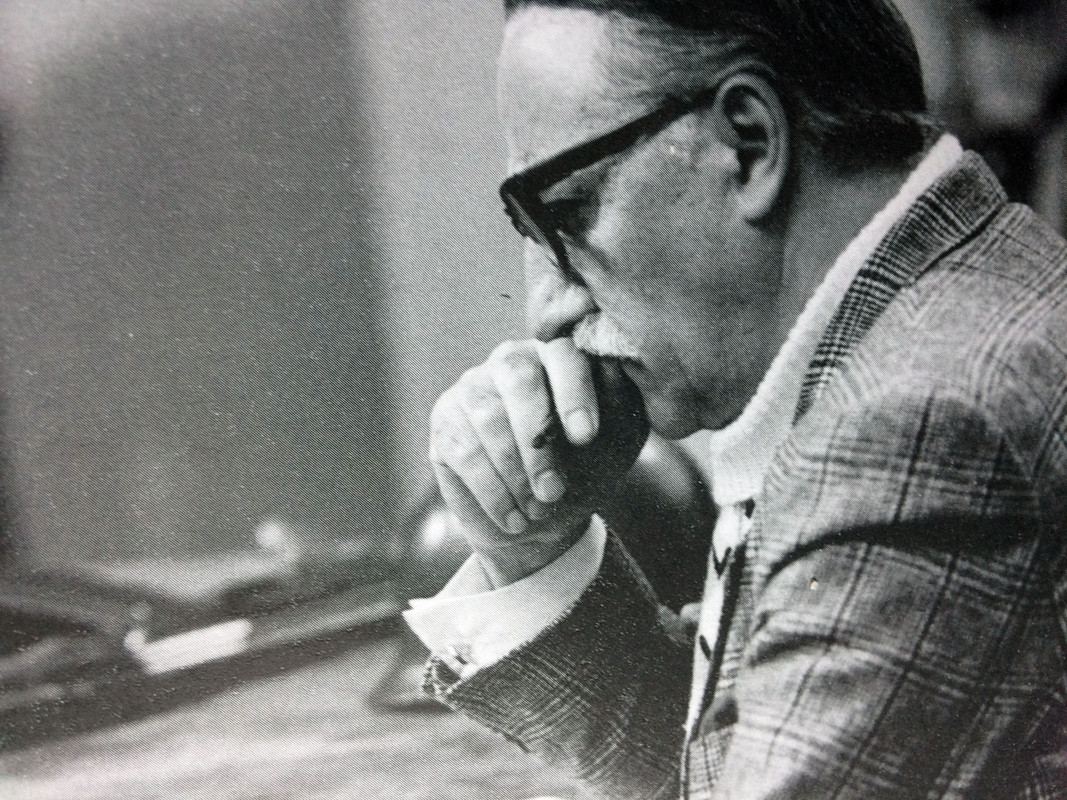
Naicho Petrov as Chilean president Salvador Allende. DP: Georges Barsky .
Maléfices [Sorcery / Where the Truth Lies] (Henri Decoin, 1962)
Sep
10
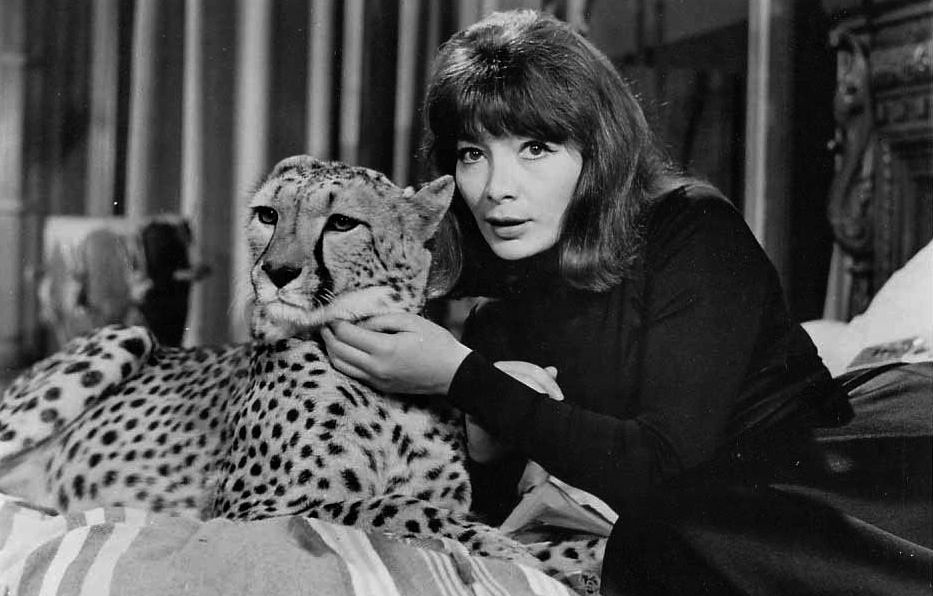
Myriam Heller (Juliette Gréco) sharing a bed with Nyète, her cheetah. DP: Marcel Grignon.
Die Delegation – Eine utopische Reportage [The Delegation] (Rainer Erler, 1970)
Sep
9
0 h 20 GMT
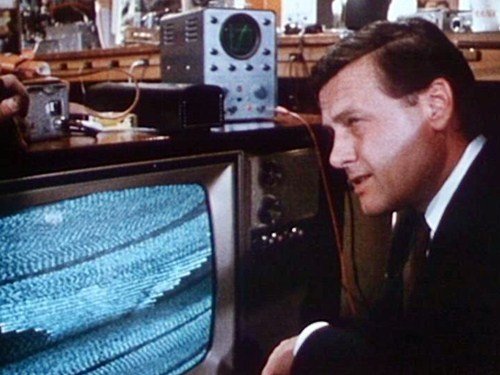
Reporter Will Roczinski (Walter Kohut) picks up mysterieus signals through the ether (via). DP: Charly Steinberger.
We watch the final report by Will Roczinski, who sadly died in a car crash while working on a TV documentary about UFOs and the like. A fascinating early “faux footage” film from the BRD. One can only wonder how the average West German processed the fantastic premise.
“I had imagined this journey as a quest. I finished my studies in math. I wanted to live. I wanted to burn all the bridges, all the formulas, and if I got burned, that was okay, too. I wanted to be warm. I wanted the sun and I went after it.”More (Barbet Schroeder, 1969)
Sep
7

Estelle (Mimsy Farmer) and Stefan (Klaus Grünberg) tripping in Ibiza. DP: Néstor Almendros.
– Stefan
Mélodie en sous-sol [Any Number Can Win] (Henri Verneuil, 1963)
Sep
6
Tue
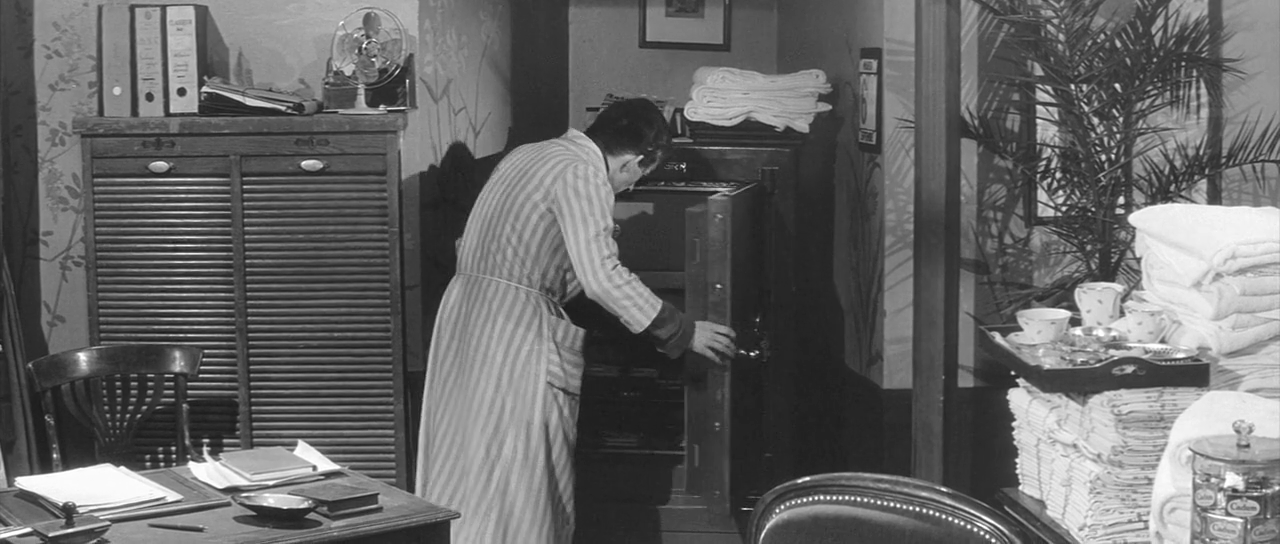
Mario (Henri Virlojeux), bathhouse proprietor. A nearby wall calendar reads mardi, septembre 6. DP: Louis Page.
“The pickings were poor and not worth the risk.”Pickpocket (Robert Bresson, 1959)
Sep
6
Sun

The newspaper of Sunday, September 6, announcing a derby. DP: Léonce-Henri Burel.
– Michel
Nuits rouges [L'homme sans visage / Shadowman] (Georges Franju, 1974)
Sep
6

A faceless man in black wearing a red balaclava (Jacques Champreux) holds his right wrist, which is bleeding profusely. DP: Guido Bertoni.
Le vampire de Düsseldorf [The Vampire of Dusseldorf] (Robert Hossein, 1965)
Sep
5

Robert Hossein as Peter Kuerten [sic]. DP: Alain Levent.
Petit à petit [Little by Little] (Jean Rouch, 1970)
Sep
3
Skyscraper Day
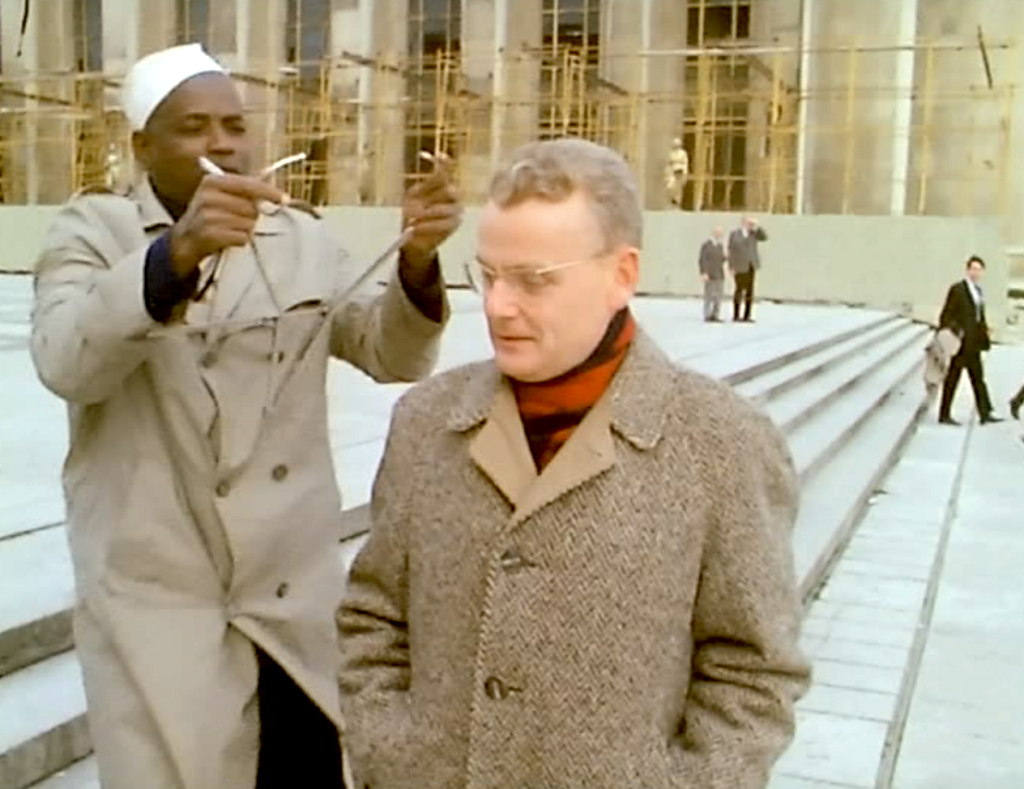
Damouré (Damouré Zika) measures a Parisian with craniology callipers. No skyscraper in this still, but there's scaffolding. DP: Jean Rouch.
A skyscraper for Skyscraper Day (USA)
In the sequel to Rouch's Jaguar (1967), Damouré wants a high rise for his Niger business with “as many floors as he has wives”. He decides to travel to Paris to learn about the construction of such building, and what made Paris to the Paris of today. While there, he gets distracted by the peculiarities of the French natives. Worried about Damouré's increasingly puzzling postcards, his company sends out Lam (Lam Ibrahim Dia) to bring him home.